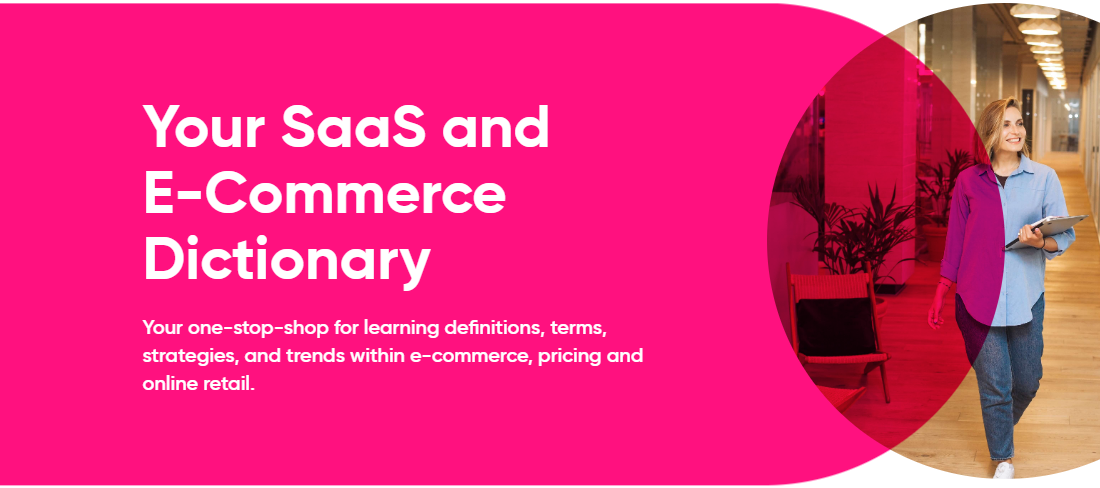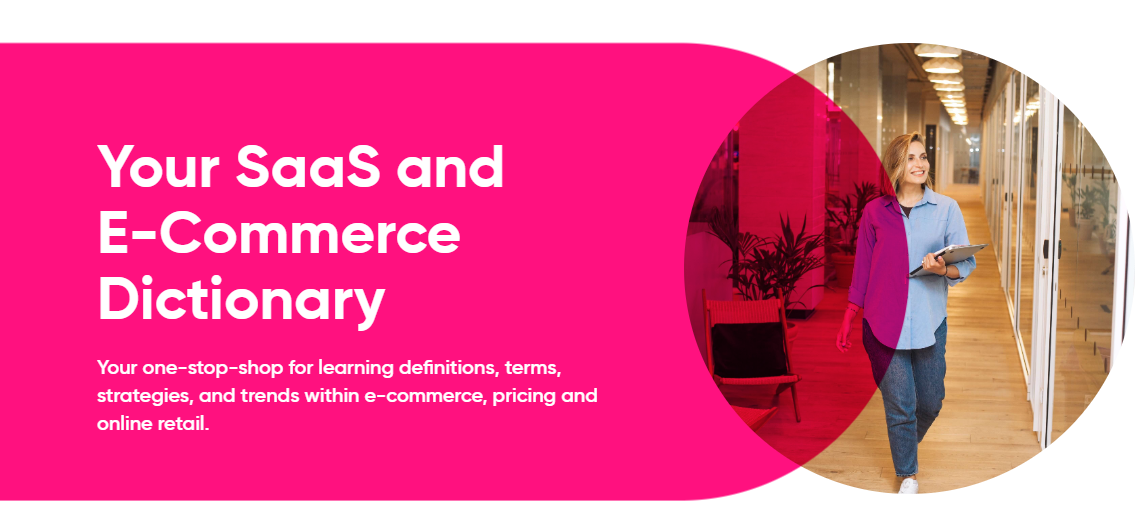Variety depth
In contrast to category breadth, the term “category depth” is used when the entire category contains many similar items. If a product has multiple variations, it is called deep variety.
Aida formula
The AIDA formula applies to account-based marketing and stands for attention, interest, desire, and action. These stages are part of the customer journey and illustrate the ideal progression of a marketing campaign from interest generation to purchase.
Avoid returns
Excessively high returns can create financial and resource bottlenecks for online retailers. Therefore, it is crucial to avoid returns as much as possible by eliminating the reasons for returns as much as possible. How this is done usually depends on the reason for the return.
anchor price
An anchor price or reference price is a quote range that the customer considers reasonable. Consumers use a known price as an “anchor” to better categorize another price. Relatedly, there is also talk of price anchoring effects. This is based on human judgment being made through comparison. Therefore, prices are rarely perceived as absolute values, but rather in relation to a known reference price.
Second
behavioral positioning
Behavioral targeting is a type of segmentation that uses information about the past behavior of website visitors or app users to guide ad insertion. It combines each visitor’s technical and geographic data with other available habit history, including site actions, search history, preferred categories, and more.
black friday
Deeply discounted retail events aimed at stimulating consumption. The tradition of Black Friday comes from the United States and is the fourth Friday in November, the day after Thanksgiving. In Germany, this day is very common, especially among online businesses, and in the past few years has been extended to several days or even the entire (black) week.
brand awareness
Brand awareness occurs when users recognize the respective brand. Visual, auditory and atmospheric factors contribute to this recognition.
Brand store
In online retail, a brand store is a store that preferably only stocks merchandise from selected brands.
basic price
The base price is the price per unit. The display of retail base prices is intended to bring greater price transparency to consumers. In (fixed) food retail, basic price indications on price labels have long been mandatory. The purpose of this is to provide consumers with more security and control and to counteract the fact that “cheat packs” are being offered to consumers. Mandatory base price indication makes it easier to compare items of different fill sizes.
C
cyber monday
As a response to Black Friday, which originated in stationary retail, Cyber Monday focuses on discounts at online retail. Cyber Monday occurs on the Monday following Black Friday.
Customer Interaction Center (CIC)
Further develop the customer service center as a central platform where various communication services converge, and multiple customer data and information are bundled together regardless of the communication channel.
Customer Service Center (CSC)
The customer service center is also referred to as the customer service center. An organizational unit that handles customer concerns (problems, questions, support) over the phone or in writing via email, chat, or ticketing systems, with the goal of ensuring customer satisfaction.
conversion funnel
A conversion funnel is similar to an e-commerce funnel. Potential customers pass through this channel during the purchase (conversion) process. The visitor thus becomes a customer and goes through the steps of awareness, interest, desire and action.
Cost per order (CPO).
Context Targeting
Customer Journey
Check-Out Funnel
Crooked Prices
Cues and Primes
Complementary Goods
Cross-Price Elasticity
Demand Coverage
Demand Generation
Dynamic Attribution Model
Dynamic Pricing
Differential Pricing
Dropshipment Models / Dropshipping
E-Commerce Strategies
Fulfilment
First Click Approach
Geo-Targeting
Honeymoon Pricing
Impulse Buy
Just Below – 9er Prices
Kano Model
Lead Time
Last Click Approach
Margin Pressure
Multi-Channel
Maslow’s Pyramid of Needs
Margin Pressure (Retailer)
No-Line Commerce
One-Stop Shopping
Omnichannel Strategy
Open Commerce Principle
Psychological Pricing
Picking
Pull Marketing
Push Marketing
Porter’s Five Forces
Pleasure Purchase
Predictive Behavioural Targeting
Product Range Updates
Price Skimming
Penetration Pricing
Premium Pricing
Price Comparison Site
Price Elasticity
Price Image
Price Dumping
Purchasing Power
Pricing Strategies
Return Reasons
Retargeting
Retail Positioning
Singles Day
Socio-Demographic Targeting
Shopping Experience
Semantic Targeting
Selection Order
Store-within-a-Store
Substitute Goods
Standard Prices
Sales Area Productivity
Transactional Marketing
Unit Prices (Manufacturer)
Value Proposition
This describes the added value or benefit that a company provides to its customers through a specific product.
watt
Willingness to consume
The word “consume” comes from Latin and means to consume, to use and to consume. Generally speaking, consumption refers to the consumption of goods. In an economic context, consumption specifically refers to the selection, purchase, use and consumption of goods and services. Goods are understood as any means that can be used to satisfy human needs. The person who consumes is called a consumer. Therefore, consumption intention describes the willingness of consumers to purchase goods to satisfy human needs.
yes
revenue pricing
Yield pricing is a marketing strategy in the airline and hotel industries. Airline seat prices vary depending on the booking period, with lower prices for early bookings and higher prices for late bookings. Avoid lost profits and empty seats.


